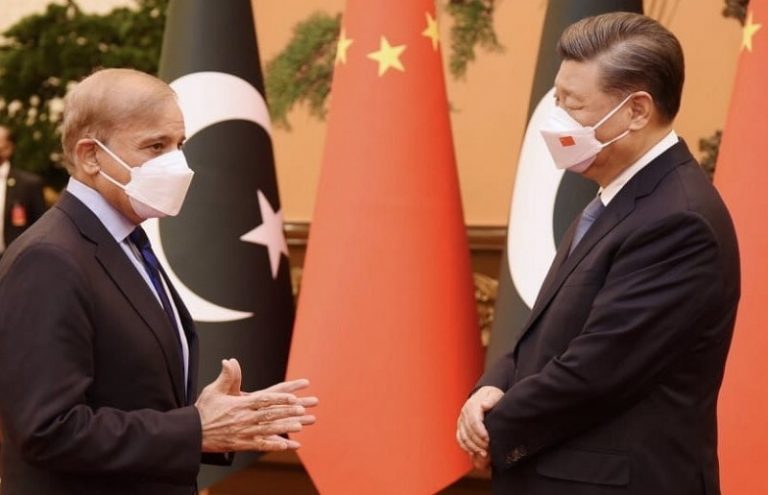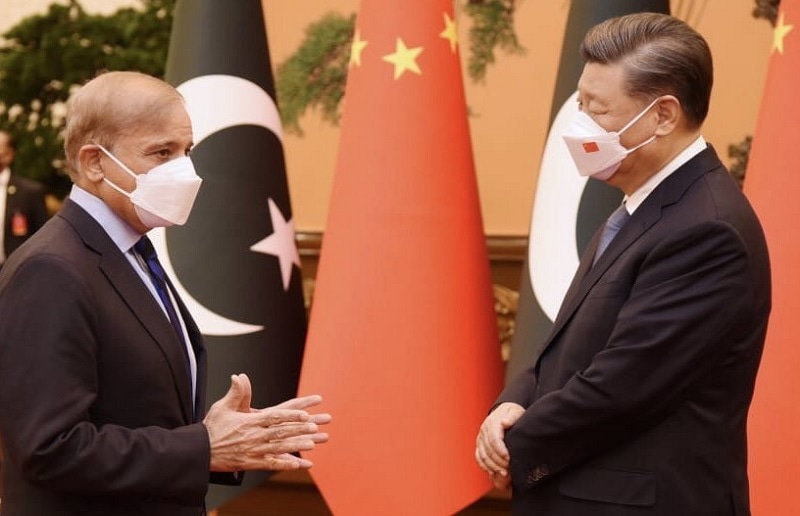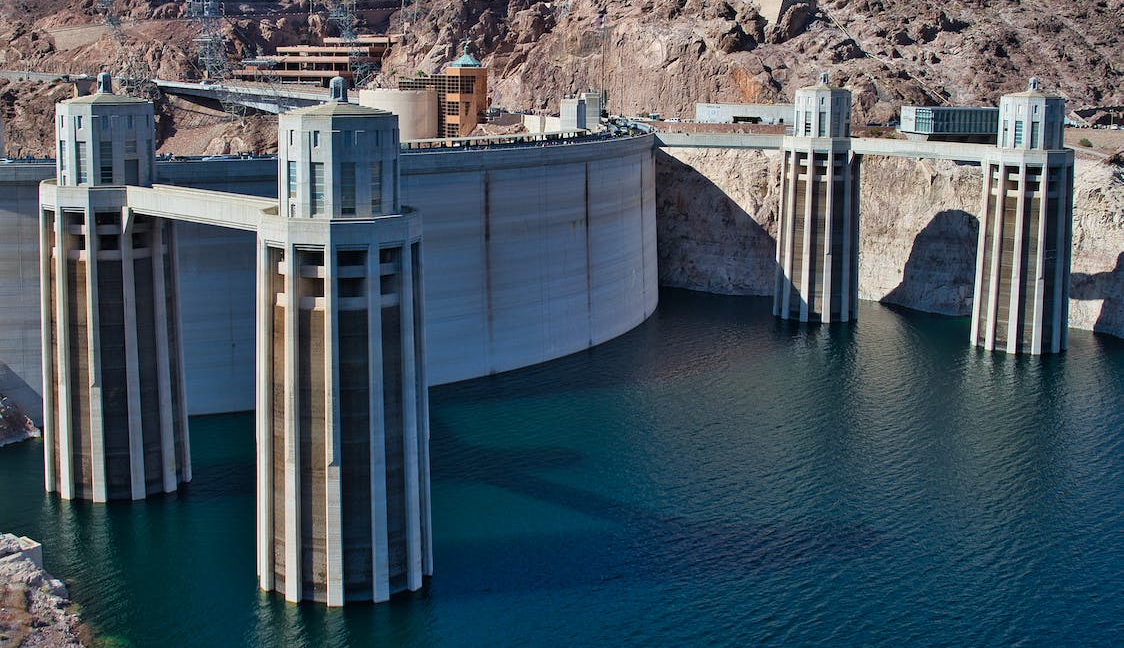
Naulong Project get $5M PRF from Asian Develop Bank for water resource
Naulong Integrated Water Resources Development Projects prepared by the ADB‘s PRF. According to the project materials.
Projects complement of Government of Pakistan’s Vision 2025 and ADB‘s country partnership plan for Pakistan, 2021 to 2025, which highlights the need for water, energy, and food security.
The statement, addresses poverty and disparities, gender equality, climate change, rural development, and food security in a way that is consistent with ADB’s Strategy 2030. Additionally, the project is in line with Pakistan’s NDC.
Pakistan has pledged to lessen its reliance on fossil fuels and cut its yearly greenhouse gas emissions by 20% by 2030.
ADB’s indicative country operations business plan for Pakistan, 2021 to 2023, includes the PRF. In January 2022, the national government gave its approval to the Planning Commission Performa-I for the proposed PRF and the subsequent project.
PRF will guarantee the ensuing project’s high-quality design, stakeholder participation, safety measures, procurement preparation, and procurement assistance.
It will make it easier to complete the project’s objectives on schedule and affordably.
Project planning documents, such as the feasibility study and related studies ordered from the Water and Power Development Authority, are built upon in the PRF.
The PRF will update social and environmental protection documentation and other due diligence evaluations in addition to validating the project design.
Development Projects is Located in the Balochistan Province’s Jhal Magsi District
Population of the province makes up 6% of the total population of the nation and makes up 4.5 % of the national gross domestic product (GDP).
Balochistan’s economy is mostly dependent on agriculture, and over 72% of the population resides in rural areas. About one-third of the province’s GDP, two-thirds of the labour force, and half of the population are employed in the agriculture industry.
In Balochistan, around 70% of farmers lack access to a reliable water supply. Water availability in Balochistan varies far more than the national average, and per-person water storage is just 20% of the average, which is already woefully insufficient in comparison to other nations in the region.
Long-lasting droughts and severe flash floods are frequent, and future climate change forecasts suggest that they will become more frequent. The most vulnerable individuals
Pakistan heavily depends on the Indus River system as a source of water and food security for all economic sectors. Although the Indus Basin spans 70% of the nation, it only encompasses 5% of Balochistan.
Balochistan has an Arid Climate
Balochistan land is rough desert or low-grade range terrain and only 7.2% cultivated.
Region continues to be Pakistan’s least water-secure, most at risk from climate change, and least equipped to handle development concerns related to water.
Due to the absence of investments in water storage, the province has limited access to reliable surface water, making groundwater a crucial resource.
Groundwater levels have considerably decreased in many areas of the province as a result of excessive groundwater extraction.
Using the Multi-Dimensional Poverty Index, the United Nations Development Program calculated that 71.2 percent of the province’s residents were below the official poverty level, compared to 38.8 percent for all of Pakistan.


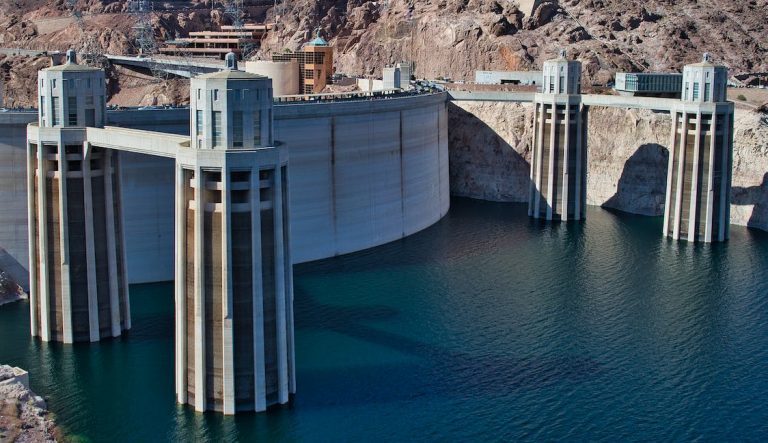
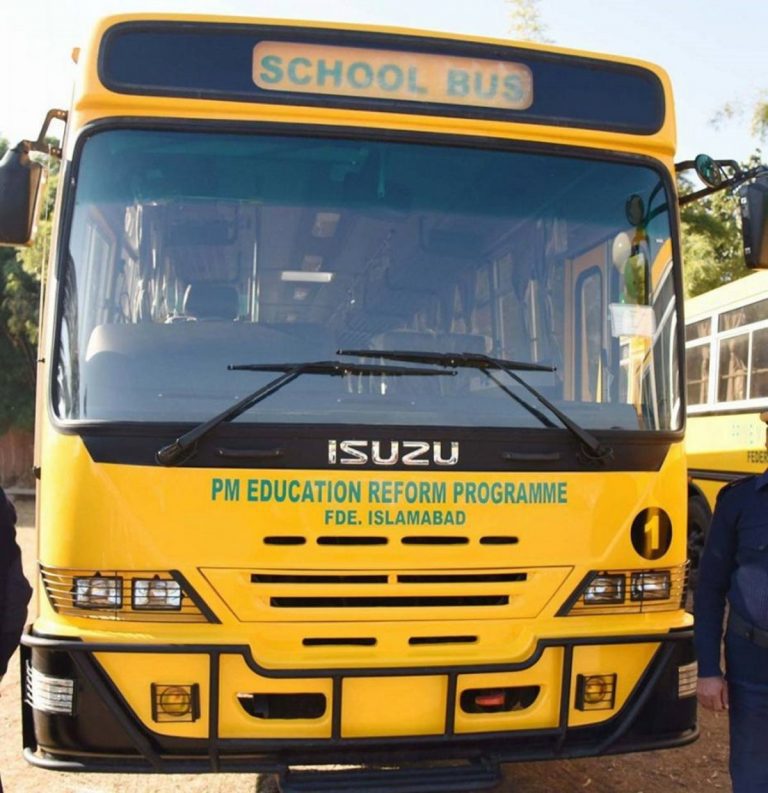
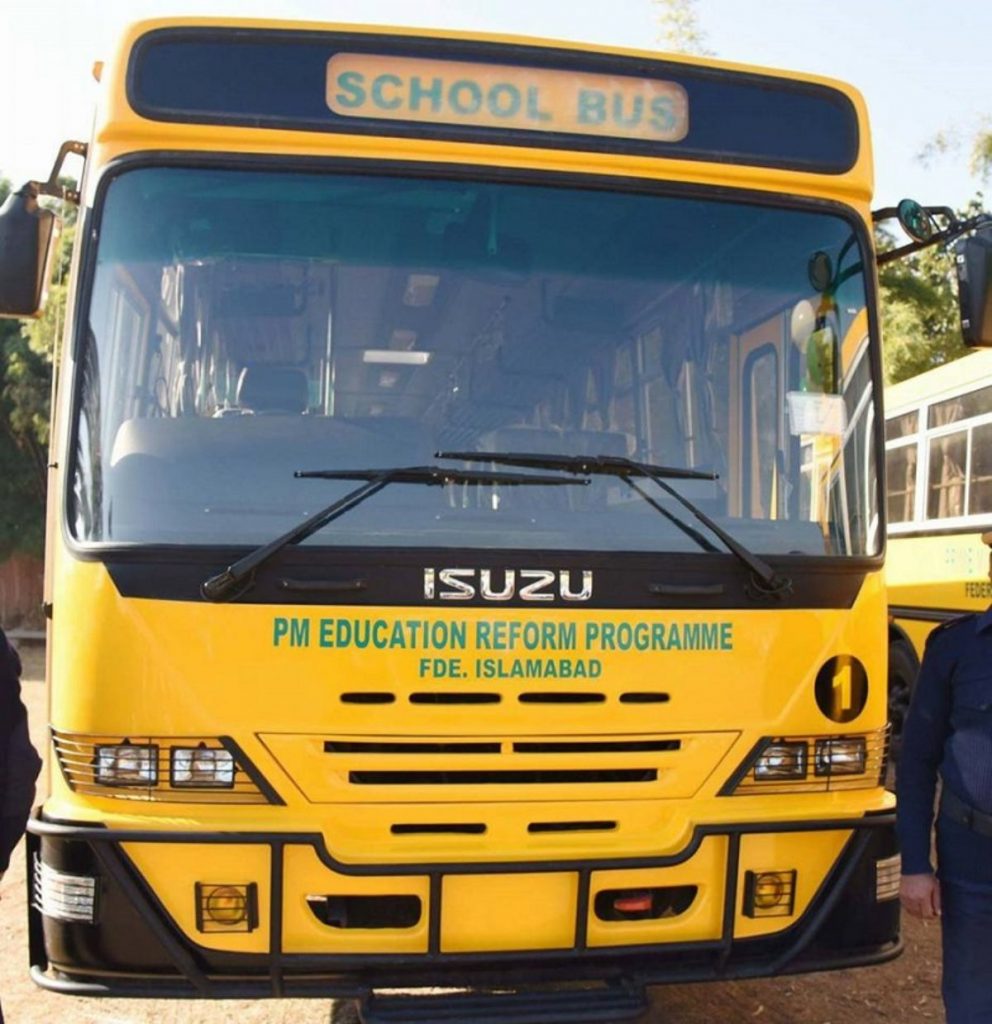





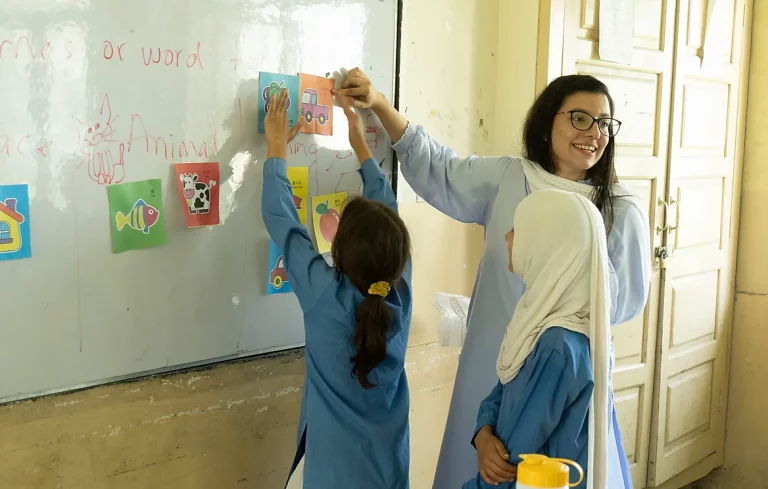
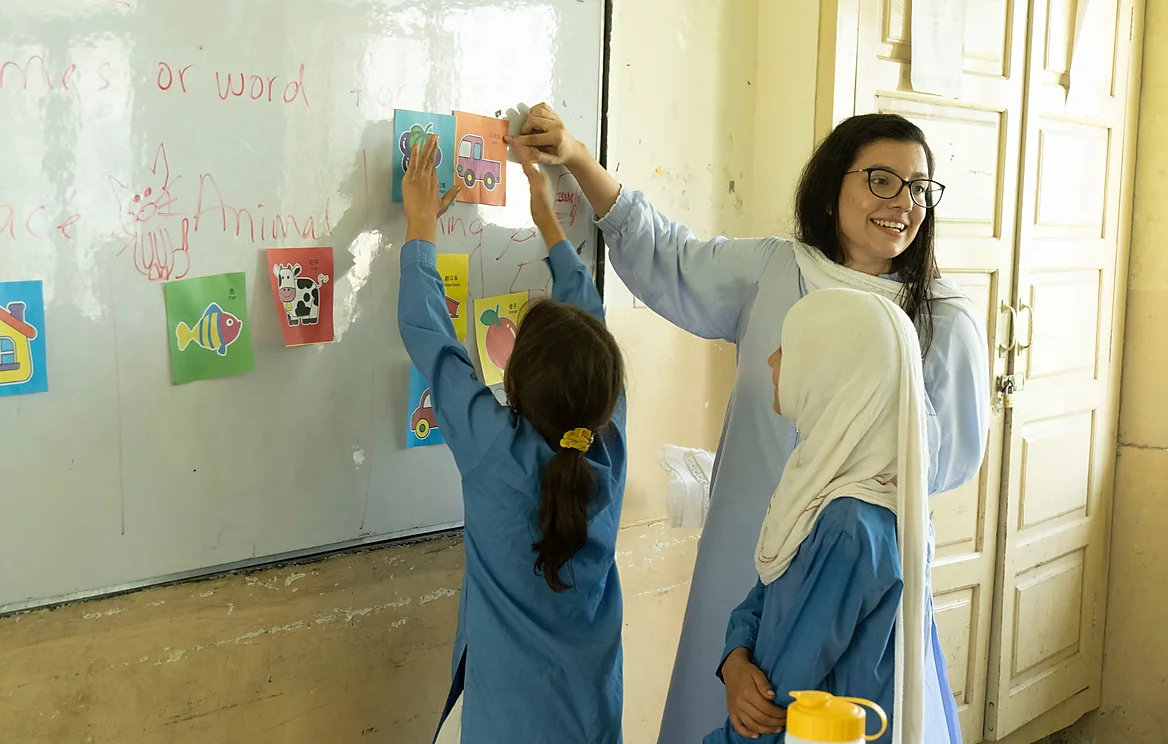

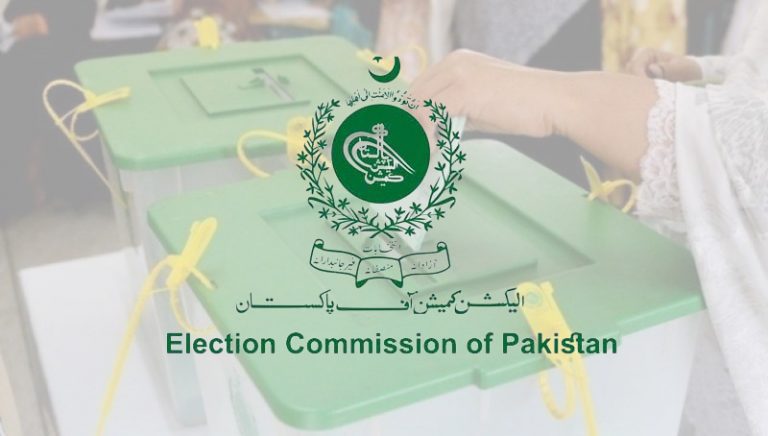
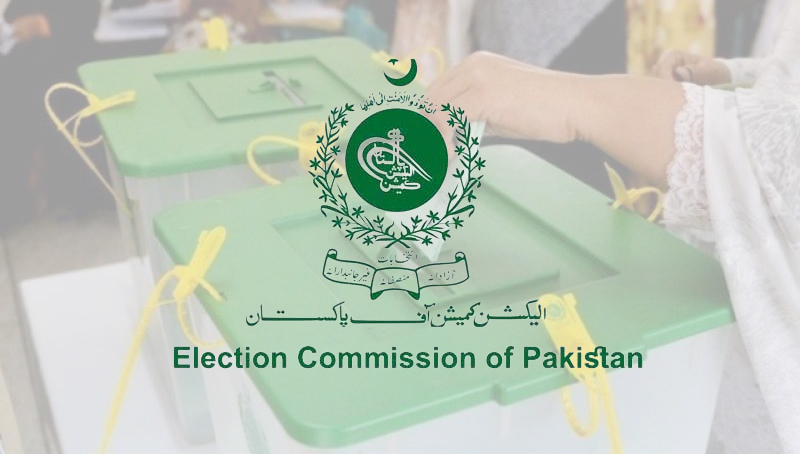

 Musk approve Ali Zafar Twitter suggestions, highlighting the platform.
Musk approve Ali Zafar Twitter suggestions, highlighting the platform.

